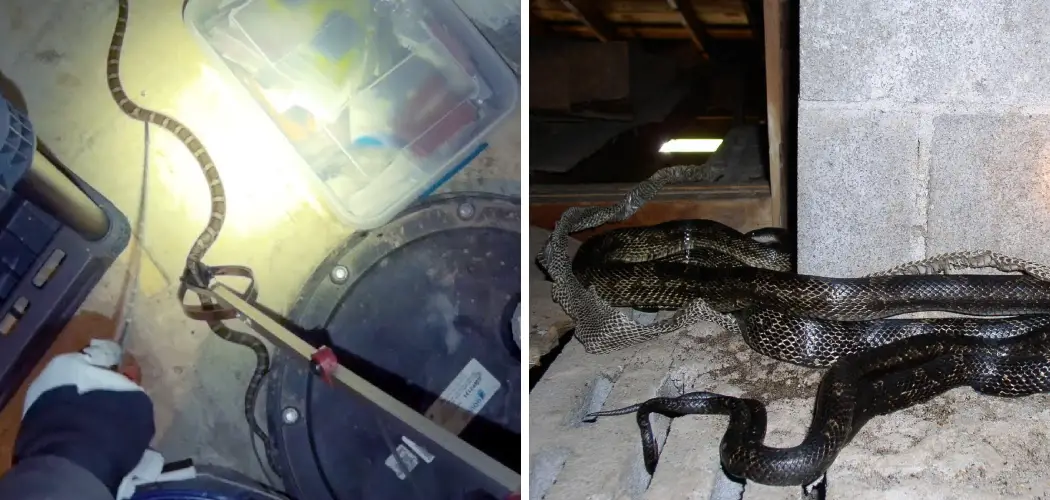Have you ever found a snake in your basement? It can be a scary experience, but with some know-how, you can catch the snake without getting hurt. In this blog post, we will teach you how to catch a snake in your basement and what to do when you find one in your home. Keep reading for more information!
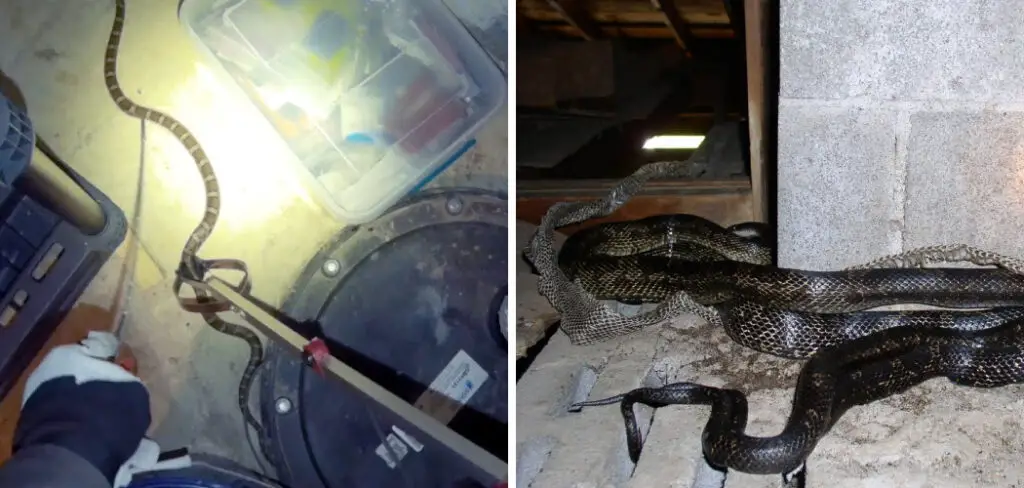
What Causes Snakes to Enter Homes?
There are a few reasons that snakes may enter your home. The most common reason is that they are looking for a warm, dark place to hide. Snakes are cold-blooded animals, so they like to bask in the sun to regulate their body temperature. So when it gets too cold outside, they will look for a warm place to shelter. This is why you are more likely to find snakes in your home during winter. Another reason that snakes may enter your home is that they are looking for food. Snakes are predators and eat small mammals like mice and rats. So if there is a snake in your basement, it may be because there is an abundance of food for the snake to eat.
Additionally, snakes may enter your home through an opening or crack in the foundation. The other common way snakes enter homes is by being brought in by a pet. If your dog or cat brings a snake into the house, the snake will likely hide in a dark place like the basement. Lastly, snakes may enter your home through the vents. Homes that have vents that are not properly screened are more likely to have snakes come inside.
Why It’s Important to Catch a Snake in Your Basement
Catching a snake in your basement is important for a few reasons. First, snakes can be dangerous animals. Some snakes are venomous and can cause serious injury or death if they bite you. Therefore, identifying the type of snake is important before trying to catch it. Second, snakes can be a nuisance. They may scare your family or pets and make your home feel unsafe.
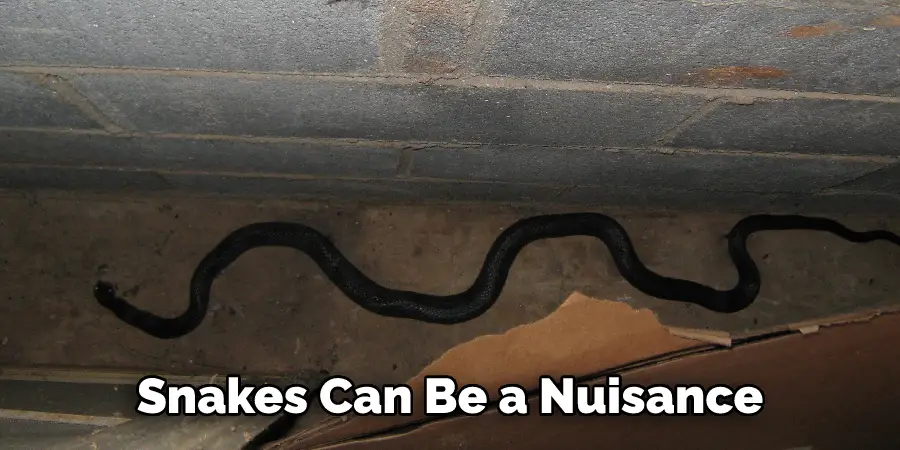
Additionally, snakes may eat your food or damage your belongings. Another reason to catch a snake in your basement is to prevent it from reproducing. If there are baby snakes in your home, they can be even more difficult to catch. Finally, snakes may carry diseases that can harm humans and pets. For these reasons, catching a snake in your basement as soon as you see it is important.
Step by Step How to Catch a Snake in Your Basement
1. Identify the Type of Snake
The first step in catching a snake is to identify the type of snake. Not all snakes are venomous, but it is important to be able to identify a venomous snake before trying to catch it. There are three main types of venomous snakes in the United States: rattlesnakes, copperheads, and cottonmouths.
Rattlesnakes have a rattle at the end of their tail that they shake when they feel threatened. Copperheads are brown or reddish-brown snakes with copper-colored heads. Cottonmouths are black or dark brown snakes with a white “cottonmouth” or “open mouth” when they feel threatened. If you see a venomous snake in your basement, do not try to catch it yourself. Instead, call a professional snake removal service to remove the snake from your home. If you see a non-venomous snake, you can try to catch it yourself using the following methods.
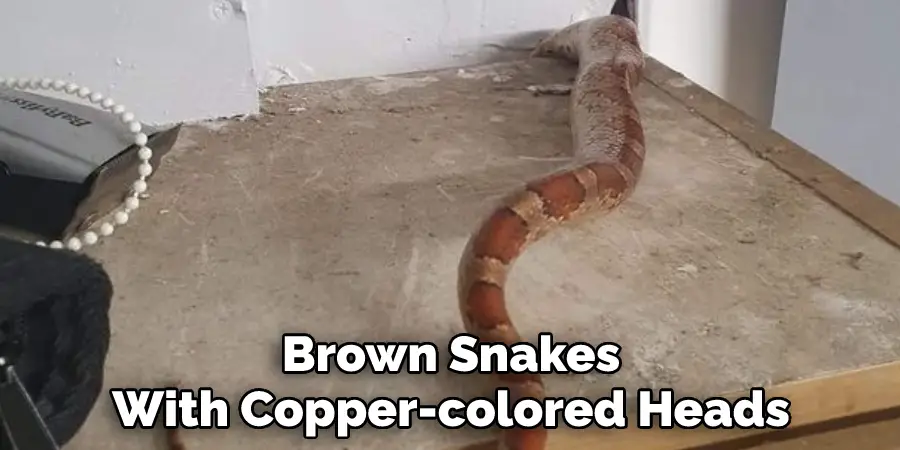
2. Put on Gloves
Before trying to catch a snake, it is important to wear gloves. This will protect you from getting bitten by the snake. It is also a good idea to wear long pants and a long-sleeved shirt to protect your skin. Try to avoid loose clothing that the snake could easily bite through.
3. Find a Long Stick or Pole
The next step is to find a long stick or pole. This will be used to help you catch the snake. A broom handle or mop handle will work well. If you can’t find a stick, you can use a garden hoe or rake. Try to avoid using your bare hands to catch the snake. This is especially important if you are not sure if the snake is venomous.
4. Locate the Snake
Once you have a stick or pole, you must locate the snake. This may be difficult if the snake is hiding. First, look for the snake’s skin shedding. This will help you identify where the snake is hiding. Second, look for the snake’s eyes. They will often reflect light, making them easier to see. Finally, listen for the snake’s rattle. If you hear a rattling sound, the snake is nearby. Avoid making too much noise, as this will scare the snake away.
5. Approach the Snake
When you have found the snake, approach it carefully. Do not make any sudden movements or loud noises. This is because the snake may feel threatened and attacked. Move slowly and keep the stick or pole in front of you. This will help you avoid getting bitten by the snake. Try to avoid cornering the snake. This will make it more difficult to catch.
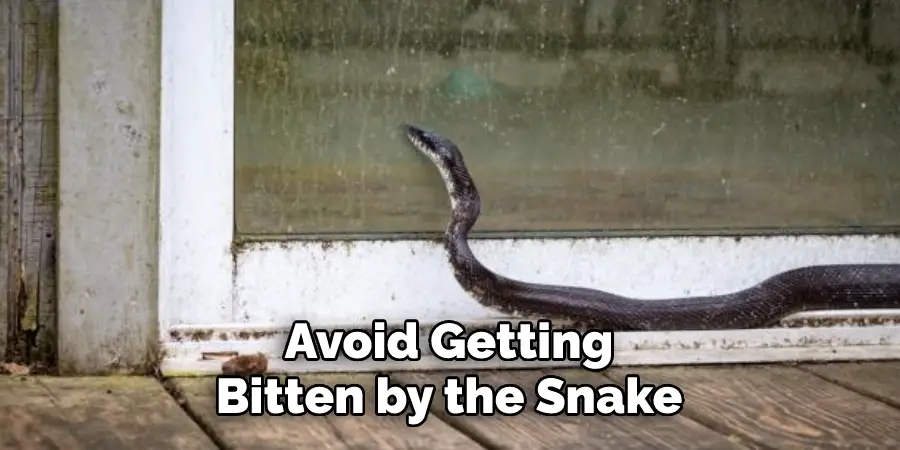
6. Try to Herd the Snake
Once you are close to the snake, try to herd it into a corner. This will make it easier to catch. It would be best if you moved the stick or pole in front of the snake’s head to do this. The snake will then follow the stick or pole. Try to keep the snake in front of you at all times. Do not let the snake get behind you, as this may be dangerous. If the snake is too fast, you may be unable to herd it. In this case, you can try to block the snake’s path. Avoid getting too close to the snake, as it may be able to bite you.
7. Grab the Snake
Once you have herded the snake into a corner, you can grab it behind its head. This is the safest place to grab a snake. First, hold the stick or pole in one hand. Then, use your other hand to grab the snake behind its head. Make sure you have a firm grip on the snake. If the snake is venomous, do not try to kill it. Venomous snakes can still bite you even when they are dead. Do not try to grab the snake by its tail, as this may be dangerous.
8. Place the Snake
Once you have grabbed the snake, you can place it in a bag or container. This will help to keep the snake secure. First, find a bag or container that is large enough for the snake. Then, place the snake inside the bag or container. Make sure you tie the bag or container shut. Do not put your hand inside the bag or container, as the snake may be able to bite you. If you are using a bag, it is a good idea to place the bag inside another bag. This will help to prevent the snake from escaping.
9. Release the Snake
Once you have caught the snake, you must release it into the wild. It is important to release the snake in an area where it will be safe. The snake should also be released in an area with food and shelter. Try to find an area that is similar to the snake’s natural habitat. This will help the snake to survive. When you are ready to release the snake, open the bag or container. Then, allow the snake to crawl out on its own. Do not try to release the snake by throwing it into the air. This could injure the snake.
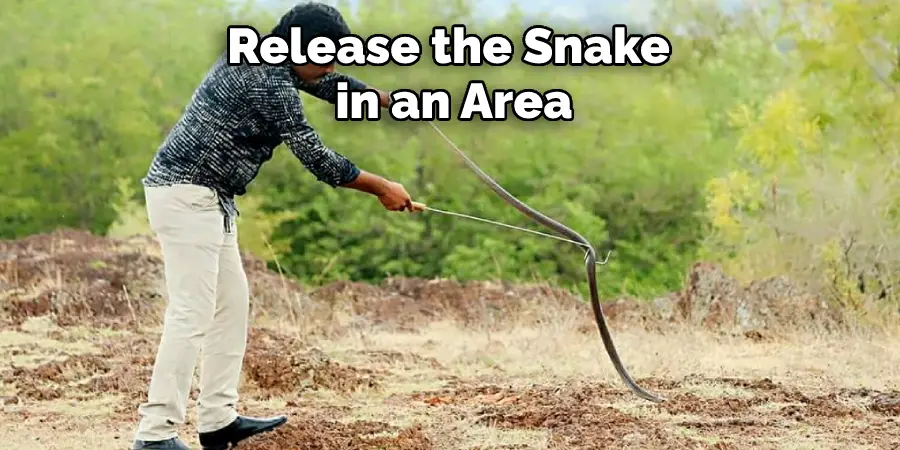
10. Disinfect the Area
Once the snake has been released, you must disinfect the area where it was found. This is important because it will help to prevent the spread of disease. First, you should remove any snake skin that you find. This will help to prevent the spread of parasites. Next, you should clean the area with a disinfectant. You can use bleach or alcohol for this. Finally, you should wash your hands thoroughly. This will help to prevent the spread of germs.
You Can Check It Out To Get Rid of Snakes in Crawl Space
Tips and Warnings on How to Catch a Snake in Your Basement
Tips:
- Always be on the lookout for snakes, especially in areas with lots of hiding spots.
- If you see a snake, try to stay calm and avoid sudden movements.
- Keep an eye on the snake’s head, as this will help you track its movements.
- Carefully approach the snake and place the container over it.
Warnings
- Do not try to catch a snake that you cannot identify.
- Do not attempt to catch a venomous snake unless you are trained to do so.
- Do not handle a snake without first putting on gloves.
- If a snake bites you, seek medical attention immediately.
Conclusion
So there you have it! These are some tips on how to catch a snake in your basement. Following these steps will help to ensure your safety and the safety of the snake. With a little bit of patience and care, you will be able to catch a snake without any problems. Thanks for reading!
You Can Check It Out To Stop Groundwater in Basement

